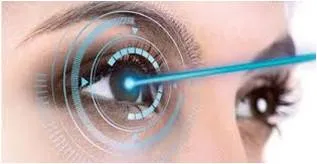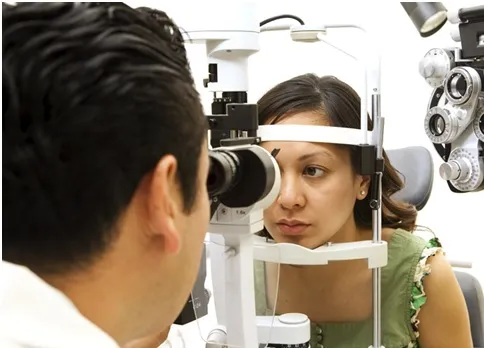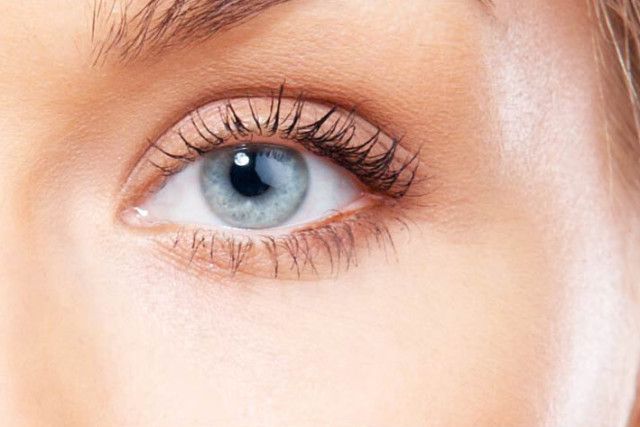Blog

In a world dominated by screens and a growing dependency on close-up activities, the prevalence of myopia, or nearsightedness, has significantly[..]
Menopause is a natural process that women experience as they age. It is not a disease or a problem but it is a significant life event and it comes[..]
In the present scenario, LASIK surgery is the most recommended and favorable surgery for people suffering vision problems. The beneficial effects of[..]
In recent times, LASIK has become the most popular procedure for treating vision problems due to refractive errors. LASIK is recommended for people[..]
The term which is used to depict surgical procedures to correct common visual problems like nearsightedness, farsightedness and astigmatism[..]
Summer Holidays are undoubtedly the most loved time of the year by people of all age groups. Planning adventure trips, joining hobby classes,[..]
The SMILE (Small Incision Lenticule Extraction) method is the latest leap in laser vision correction. It is not only a 100% blade-free approach to[..]







